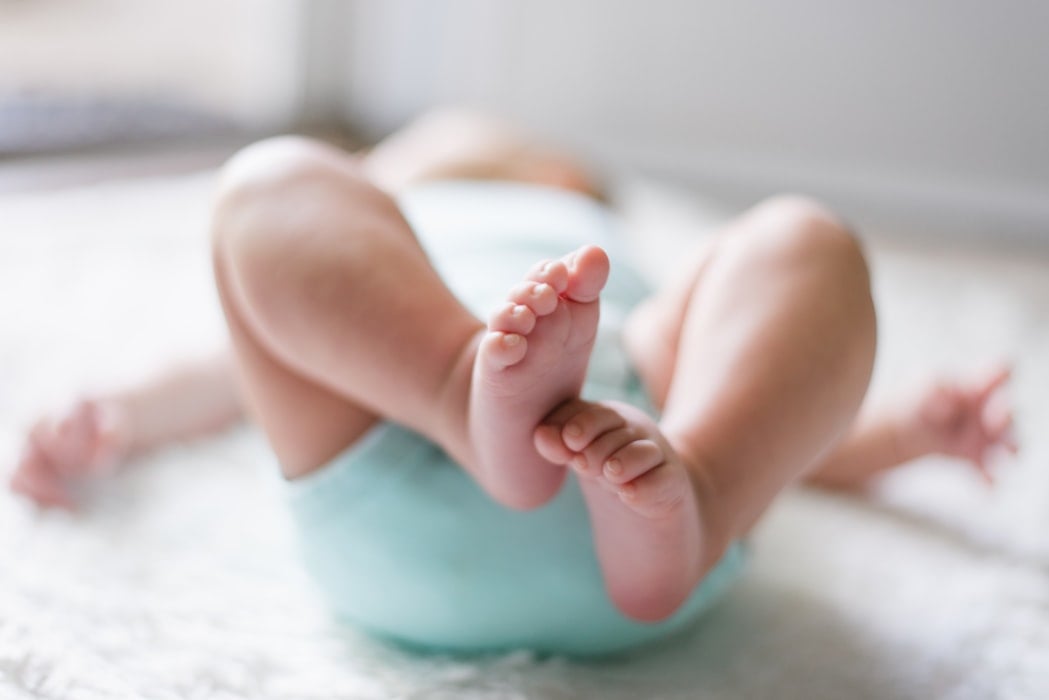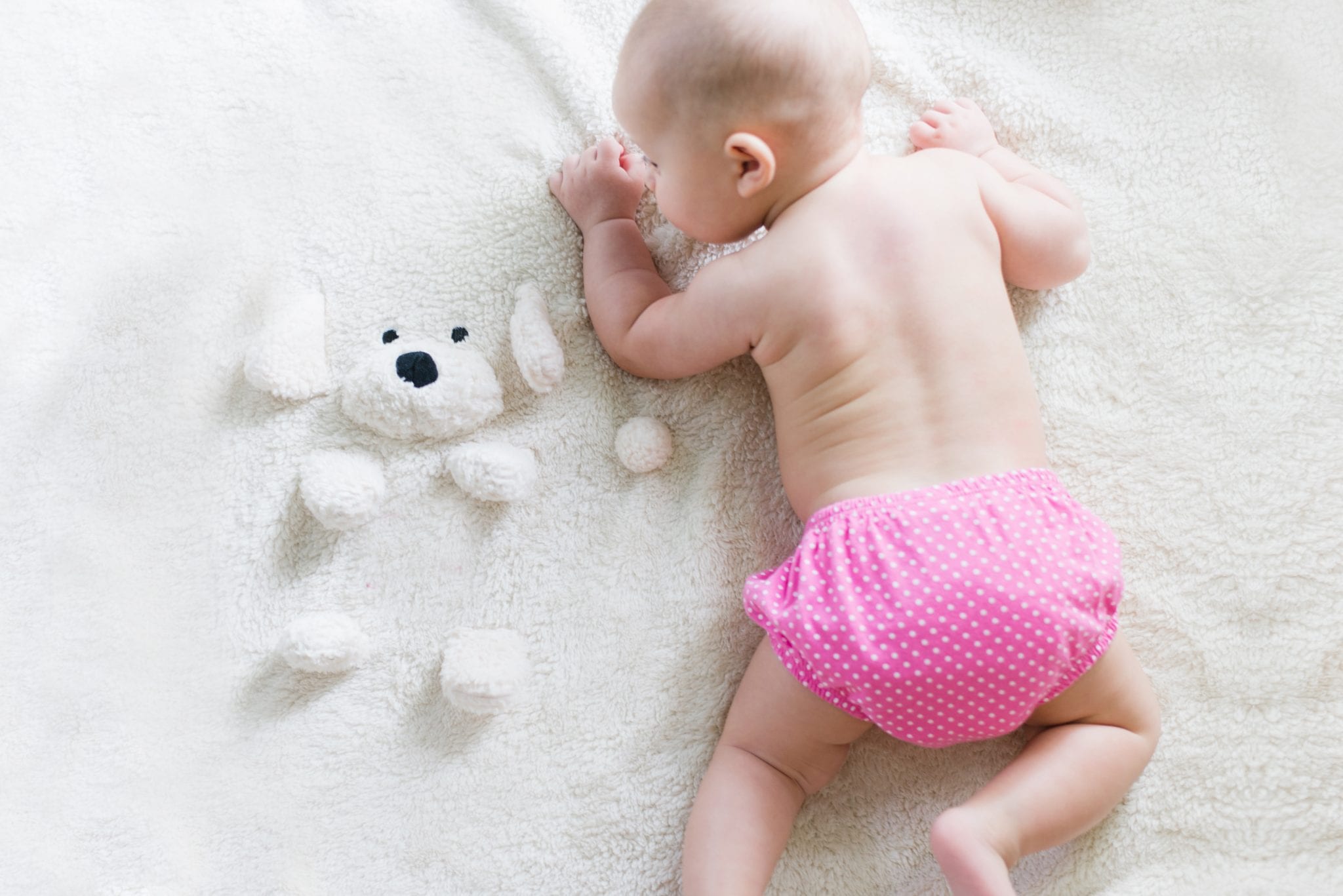
Are Baby Pillows Safe?
It isn’t unusual for new mums to look into the possibility of buying a flat head syndrome pillow. But before purchasing or using a plagiocephaly pillow, it’s important to read the medical advice surrounding them.
The flat head pillow contravenes the safety advice issued by the NHS and the Safe to Sleep guidelines from the American Department of Health. Both recommend that babies always sleep on the back on a flat and firm surface without:
- Duvets
- Quilts
- Blankets
- Wedges
- Bedding rolls
- Pillows (including a baby flat head pillow)
The main reason for this is that if a baby’s face ends up pressed up against any such object, they will not be able to lift themselves up, increasing the risk of Sudden Infant Death Syndrome (SIDS).

How Do I Fix My Baby’s Flat Head without a Baby Flat Head Treatment Pillow?
Although buying a pillow to help a baby with flat head syndrome might seem convenient and easy, there are other simple and safe solutions to turn to.
The American Academy of Pediatrics recommends that whilst babies must always sleep on their backs, they should be given time on their tummies whilst supervised. Repositioning your baby in this way will relieve pressure on the back of the head, helping to prevent flat head syndrome and reducing the risk of SIDS.
If you have a baby donut pillow, we recommend that this is only used as a flat head syndrome pillow when they are awake and you are with them. Additionally, make sure you are using repositioning alongside the use of any baby head shape pillow.
The usual time to begin repositioning is as soon as you notice a flattening, although it can be started any time from birth – and the sooner the better. Between the ages of four and five months, it will start to become less effective as your baby will be moving and rolling more independently.
If a flattening has already started to develop, you should begin repositioning immediately. Small changes, such as feeding your baby from alternating sides and moving objects of interest from one side of the cot to the other, can make all the difference, as can carrying your baby in your arms where possible rather than using a buggy or carrycot.
Not only does supervised tummy time help with flat head syndrome; it can also help you teach your baby to prop themselves up, and it’s excellent for strengthening the back, hips and neck muscles. More tips and techniques can be found in our repositioning guide.
Alternative Methods to a Flat Head Syndrome Pillow
We appreciate that it’s easy to be overwhelmed by the conflicting advice on the various products for flat head syndrome, especially that around the baby head pillow. As a parent, your top priority will, of course, be the safety of your child, and until we know more, the safety concerns relating to flat head syndrome pillows far outweigh their potential benefits.
In many cases, repositioning your baby whilst awake can provide adequate correction for mild flat head syndrome. However, if this has failed to make the difference that you had hoped for by the time your baby reaches four to six months of age, helmet therapy is a safe, effective and scientifically proven way to treat flat head syndrome.

If you have any concerns about the shape of your baby’s head and wish to enquire about helmet therapy, Technology in Motion can help. Additionally, if you have any questions about the alternative options to a plagiocephaly pillow, please get in touch with one of our clinicians. Call 0330 100 1800 to arrange a free, no-obligation assessment at your nearest clinic or browse our website for more information on flat head syndrome and the treatment options that we provide.


